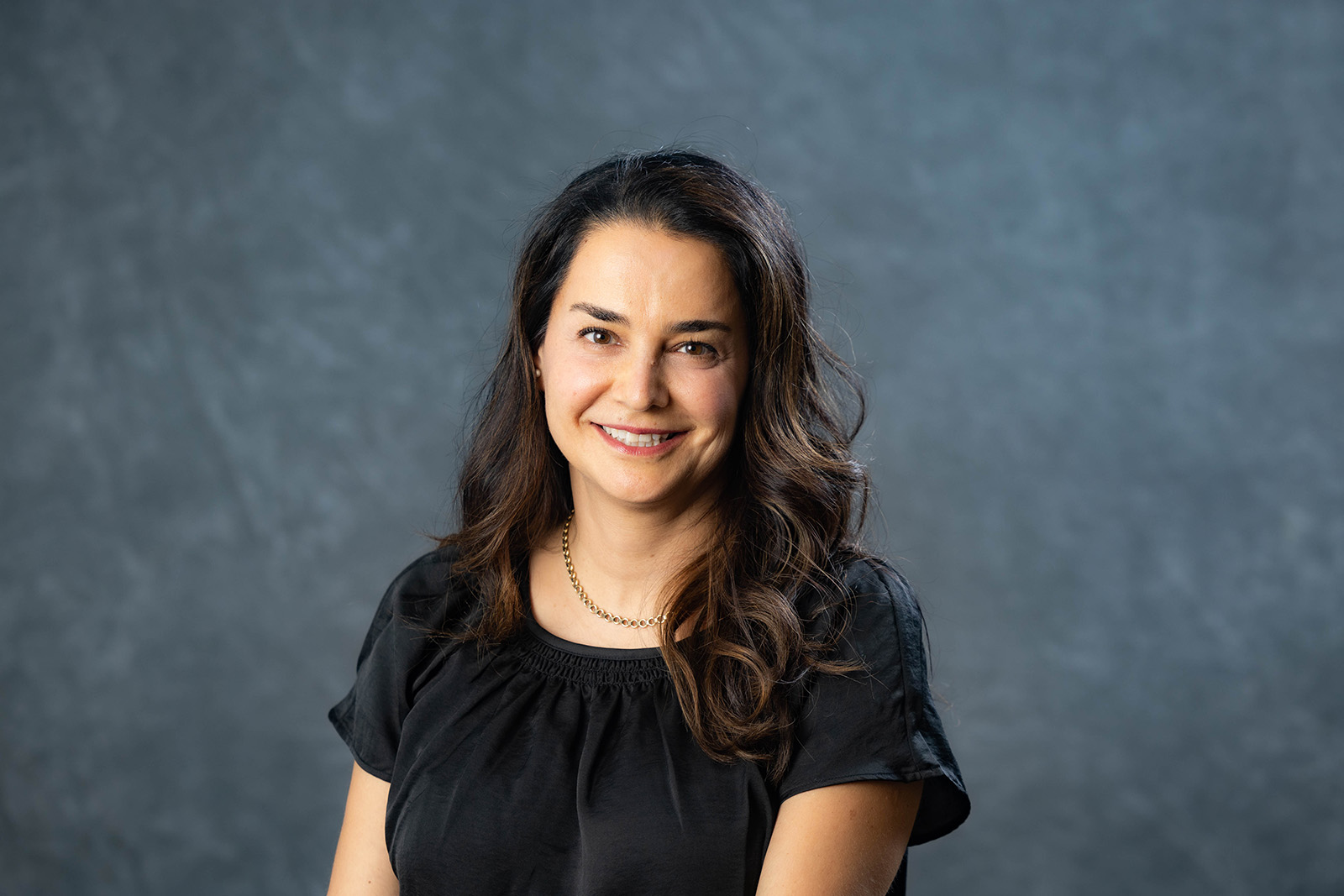On the first day of classes for the more than 23,500 students in Springfield Public Schools, the district’s board of education looked at how a new strategic plan is transforming classroom instruction.
The Springfield Board of Education on Aug. 22 heard a report about the implementation of its plan for 2023 to 2028. Arranged into four categories, Tuesday’s combined study session and regular meeting featured an update about Success-ready Students, the plan category with the most objectives.
Approved and put in place in December, the five-year plan is used as a guidepost for every decision the school district makes. It was developed with months of community involvement through surveys, meetings and interviews. Educators and school administrators are highlighting the plan in presentations to the public, encouraging those listeners to hold Springfield Public Schools accountable for following it.
Nicole Holt, deputy superintendent of academics, and Crystal Magers, executive director for academics, spoke to board members about the chapter devoted to student education. They covered a number of ways that the district has either bolstered or scaled back efforts, and in some cases how it has created entirely new efforts.
The plan covers a variety of areas, including assessments of student progress according to state standards and tests, the use of the district’s curriculum, keeping classrooms effective for the learning process, reviewing student access to educational programs, training teachers and improving real-world applications of lessons.
One example of a restructuring includes the district’s Voyagers after-school tutoring program. Formerly known as Club Encore, the program is used to assist students who have not made enough progress in reading instruction, Holt said. It offers a variety of ways for students to practice what they learn, and offers immediate corrective feedback.
Monitoring behavior
Board members paid special attention to portions dealing with behavior management. The plan calls for establishing behavior expectations with students and training over positive behavioral interventions and support. That training was expanded to include almost 150 substitute teachers this year.
Because monitoring behavior is considered important to a good learning environment, Springfield Public Schools educators will track behavioral issues throughout the district, and referring to a guide about appropriate punishments.
Some board members expressed concern that the behavior guide would be used to make punishment decisions automatically. Holt said, however, that it is only a guide and that teachers and principals still can apply an appropriate punishment, including suspension when a student's misbehavior is severe.
The collection of data will be used as a baseline, so that the plan’s success toward addressing behavioral incidents can be measured and adjusted as needed.
Stephen Hall, chief communications officer for the district, spoke about the category for collaborative culture, detailing how the district’s communication systems are helping to reach parents and other community members.
In other Springfield Board of Education business:
Board asks for technology master plan

The board will increase its attention toward the use of technology, either within its current plan or through the use of a separate plan. Board members reached a consensus to have district staff investigate options that can be discussed and implemented sometime over the next year.
Board member Maryam Mohammadkhani requested a discussion of technology, asking the board to consider development of a unifying technology plan that gives direction about how to incorporate a rapidly evolving field into the district’s mission.
“It is critical to have a vision of what we want, and how we want to get there,” Mohammadkhani said. “Such a plan would add tremendous value to our overall, strategic plan, not only guiding us on the path, but by communicating how these pieces fit together.”
The plan could include a list of hardware and software the district either uses or would like to use, as well as cybersecurity, professional development and safety, in terms of how students use devices that they bring with them.
In an about 20 minute discussion, board members generally favored discussing such a plan.
Superintendent Grenita Lathan said members of the administration will bring back options for such a plan during the board’s next study session, currently scheduled for Sept. 12.
Property tax rate set
The school board set property tax rates for 2023, setting a total levy of $3.9787 per $100 of assessed valuation.
The district will direct $1.7868 of the levy toward its general fund, $1.4619 for its teacher fund and 73 cents for its debt service fund.
According to numbers provided to the school district by Greene County, the total assessed valuation is $4,754,429,670, an increase of 9.64%, said Travis Shaw, deputy superintendent of operations. However, Missouri law caps the amount a resulting tax can be raised at 5%.
The operations levy was rolled back to $3.2487 in order to keep an election promise of leaving the debt service levy at 73 cents, Shaw said.

